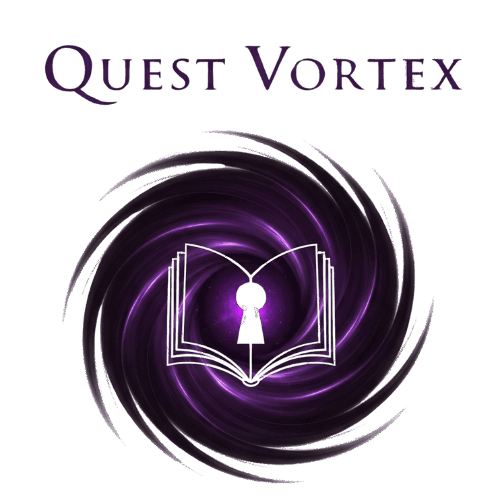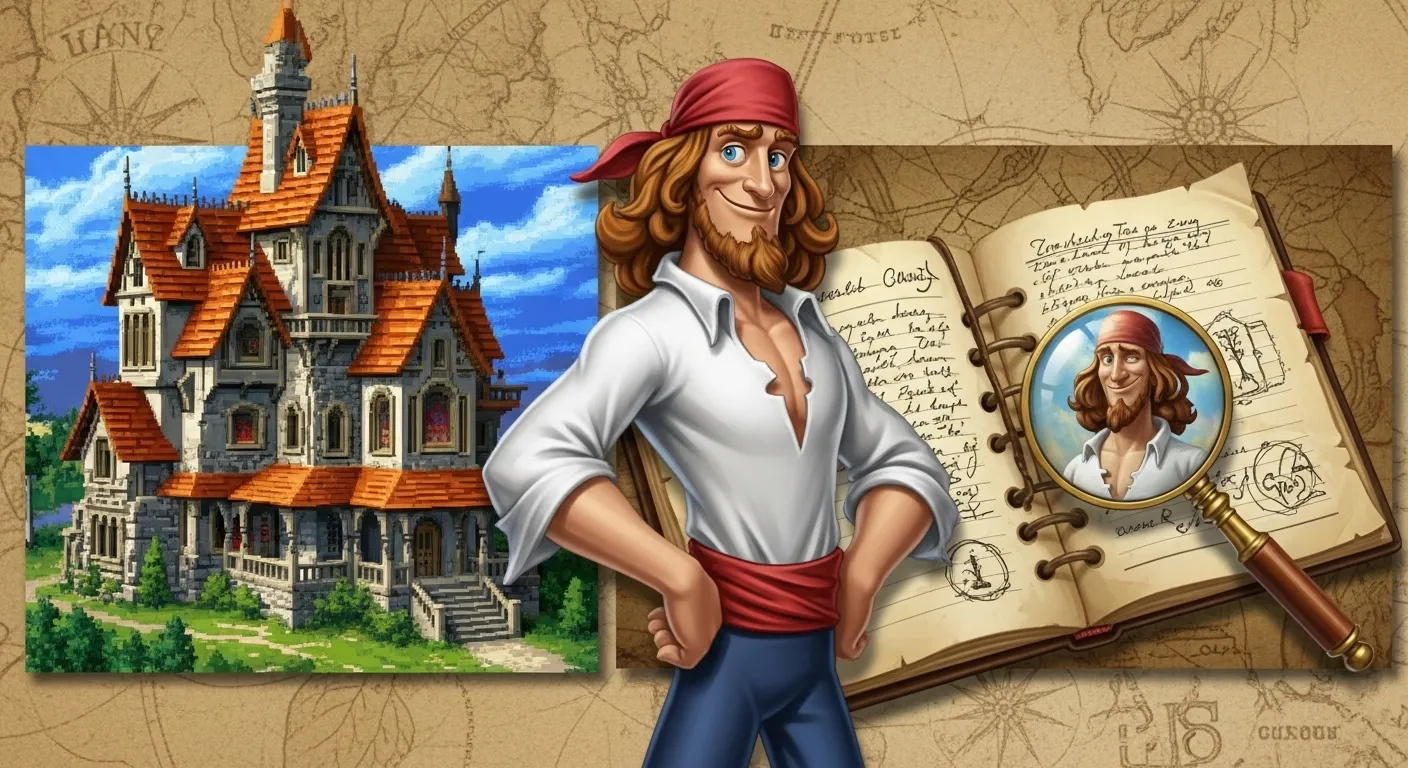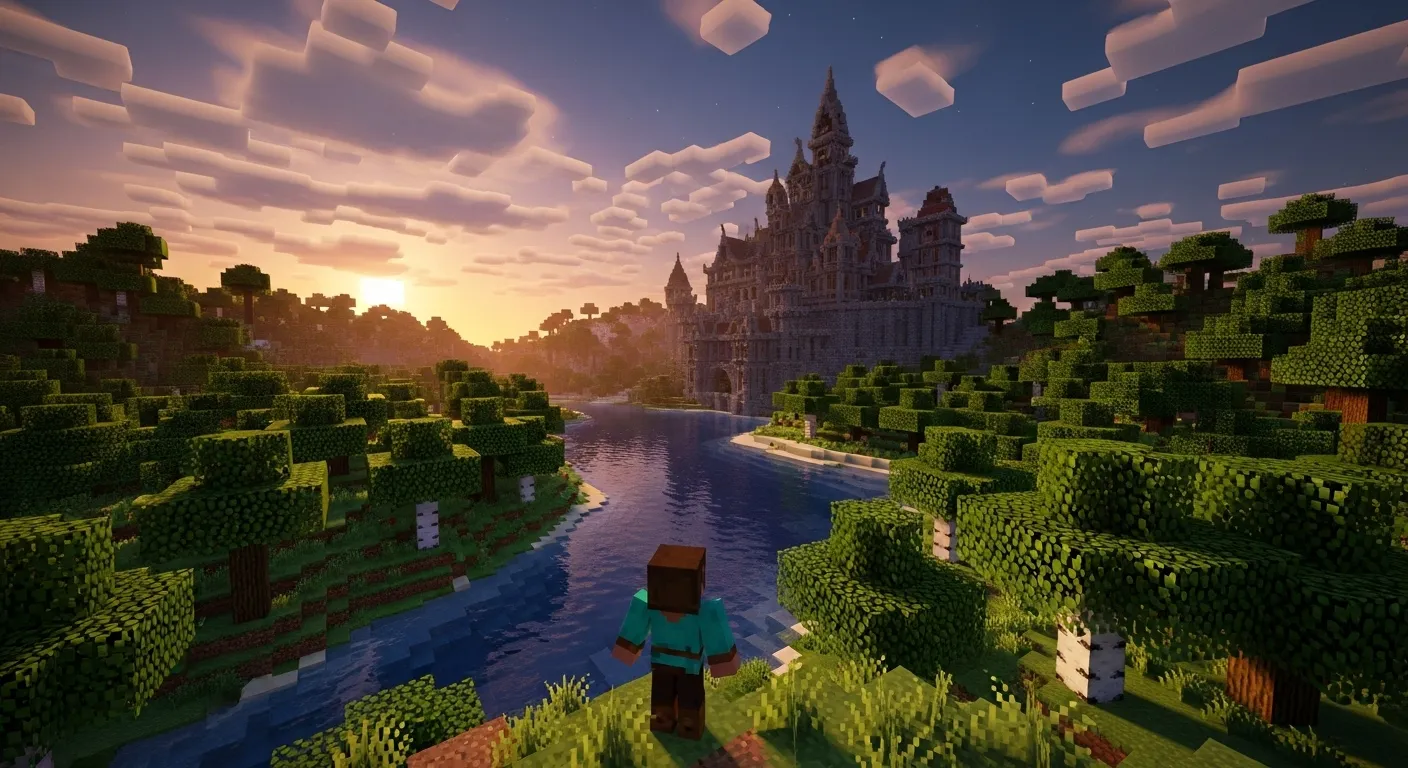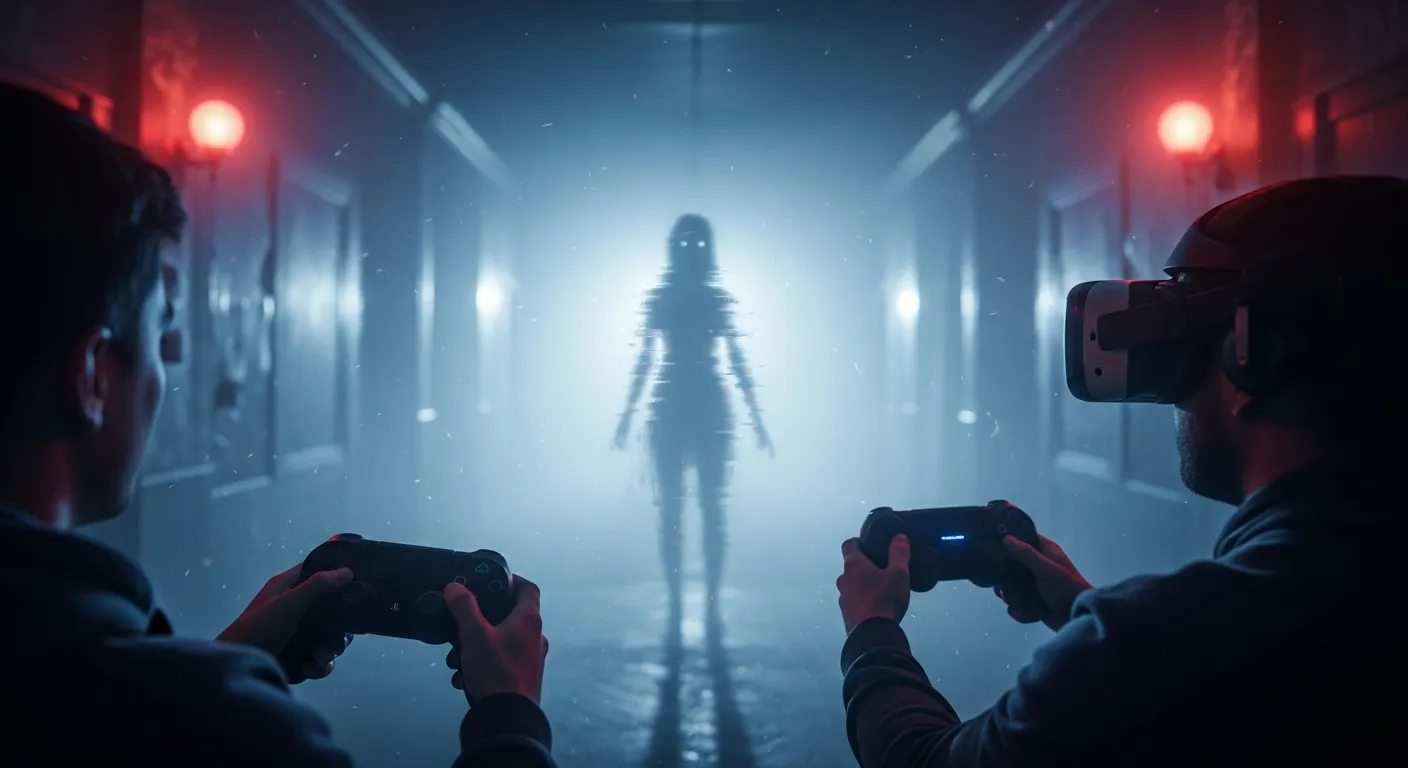As someone who’s tested, reviewed, designed, and broken more adventure puzzles than I want to admit over the last 12+ years, here’s my quick take: point and click adventure games are the best way to feel smart and silly at the same time. You solve problems. You laugh. You click way too much. You also learn that inventory puzzles are their own kind of magic.
If you want the short version: these games reward patience and curiosity. That’s it. Click things. Combine stuff. Read the room. Then feel extremely proud when a door finally opens because you used a magnet on a string. Yes, really.
And if you get stuck (you will), I keep a tab open for solid walkthroughs. No shame. Brains need a jumpstart sometimes.
What Makes Point and Click Adventures So Good
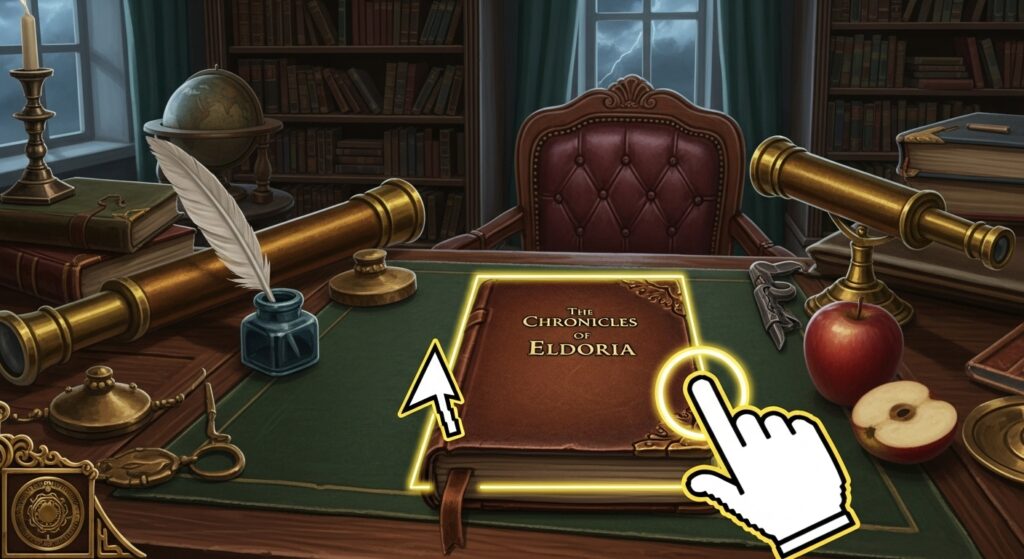
In my experience, the hook is simple. You explore. You talk to odd characters. You solve puzzles that would make your science teacher sigh. The good ones teach you how to think. The bad ones teach you how to swear softly at your monitor.
- Inventory Puzzles: Combine a fish with a pulley with a rubber chicken. It’s nonsense. It’s perfect.
- Hotspot Hunting: Clicking pixel by pixel like a raccoon with anxiety. Not my favorite, but it happens.
- Dialogue Trees: When jokes and hints are hidden in the snarky reply.
- World-Building: The best games make you care about the place, not just the lock on the door.
If you want a sober definition of the genre, the summary on this page is clean and quick. I send people there a lot.
Why Puzzle Fairness Matters
I’ve always found that good puzzle design follows a few rules: teach the idea, raise the stakes, then twist it once. If I have to read the designer’s mind—pass. That’s not difficulty. That’s telepathy.
- Clues should exist in-world. Notes, graffiti, dialogue, environmental hints.
- Multi-step puzzles should leave breadcrumbs. Not a breadcrumb? Then at least a vibe.
- No gotchas that waste time: fake timers, unwinnable states, or “hope you saved an hour ago.”
When people ask where to learn the basics, I point them to practical adventure guides. Saves lives. And keyboards.
Old School vs. New School Adventures
I grew up with Sierra and LucasArts. Sierra taught me to save every five minutes. LucasArts taught me timing and comedy. Modern indie devs? They’ve cut the fat and kept the charm.
- Classic Era: Verb UIs, SCUMM engines, and jokes that still land.
- Modern Era: Cleaner interfaces, generous hint systems, fewer “pixel hunts.”
- Hybrid Era: Narrative-first games that flirt with adventure mechanics (think detective sims and cozy mysteries).
If you’ve ever wondered why LucasArts games feel so slick, it’s the pipeline and tools—especially SCUMM. That engine shaped how the genre taught interaction.
I’m also a nerd for backstory. If lore threads make you happy, I keep notes and nerd-outs tucked into our game lore corner.
Quick Picks – Where to Start
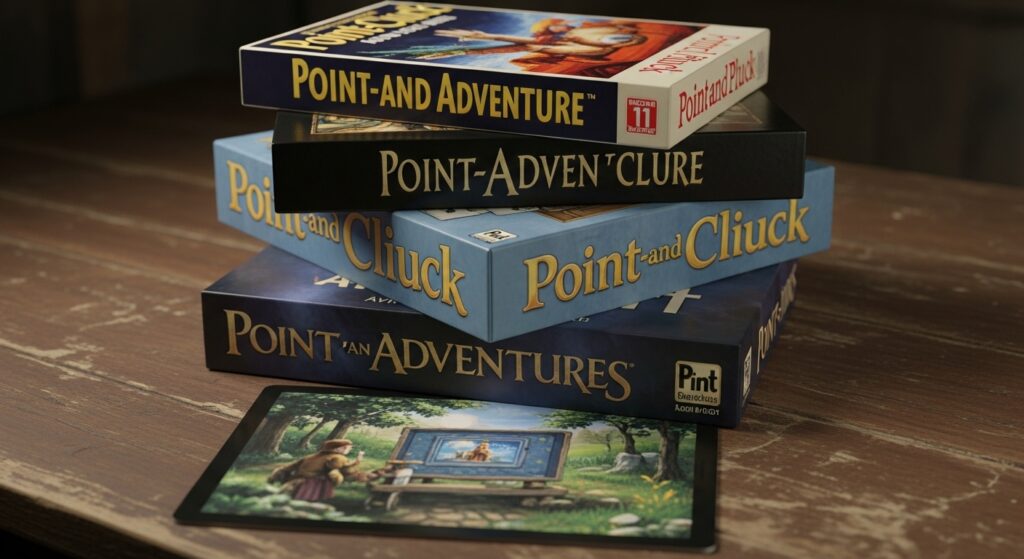
If you’re new, I recommend starting with a mix. Some funny, some moody, some pure puzzle. Here’s a simple cheat sheet I’ve shared with friends:
| Category | Game | Why it’s good |
|---|---|---|
| Comedy Classic | Monkey Island (Special Edition) | Sharp writing, great hint system, pure charm. |
| Atmospheric Puzzler | Myst | Slow, quiet, logical. Great for patient thinkers. |
| Modern Retro | Thimbleweed Park | Old-school feel with better usability. |
| Noir Indie | Kathy Rain | Good story, grounded puzzles, cool vibe. |
| Family-Friendly | Broken Age | Colorful, approachable, funny without being mean. |
How to Play Without Getting Stuck
- Talk to everyone twice: New topics unlock after you solve stuff.
- Re-scan old rooms: Designers love to flip switches when you’re not looking.
- Use the notebook: If the game doesn’t have one, I keep a sticky note. Clues pile up fast.
- Try “reasonable” combinations first: Then get weird. Then weird-weird.
- Take breaks: The brain solves puzzles while you’re making tea. It’s rude but true.
Choice and consequence fans sometimes ask me why I play story-heavy RPGs too. It’s because great narrative systems overlap. If that’s you, this CRPG playbook breaks down how choices ripple—useful even when you’re designing dialogue for adventures.
My Petty Designer Gripes
- Unwinnable states: If I miss a one-time item and can’t finish, I uninstall. I’m not replaying six hours. No way.
- Invisible hotspots: If your solution requires clicking a three-pixel smudge, that’s not difficulty. That’s eye strain.
- Comedy that blocks progress: Love jokes. Hate jokes that hide essential clues behind obscure punchlines.
- Overdone fetch chains: Give me a reason, not a shopping list.
If you’re like me and sometimes want a clean, linear path through gnarly segments, I collect and maintain some master RPG walkthroughs too. Structure helps when your brain is soup.
Mini Guides Inside This Guide
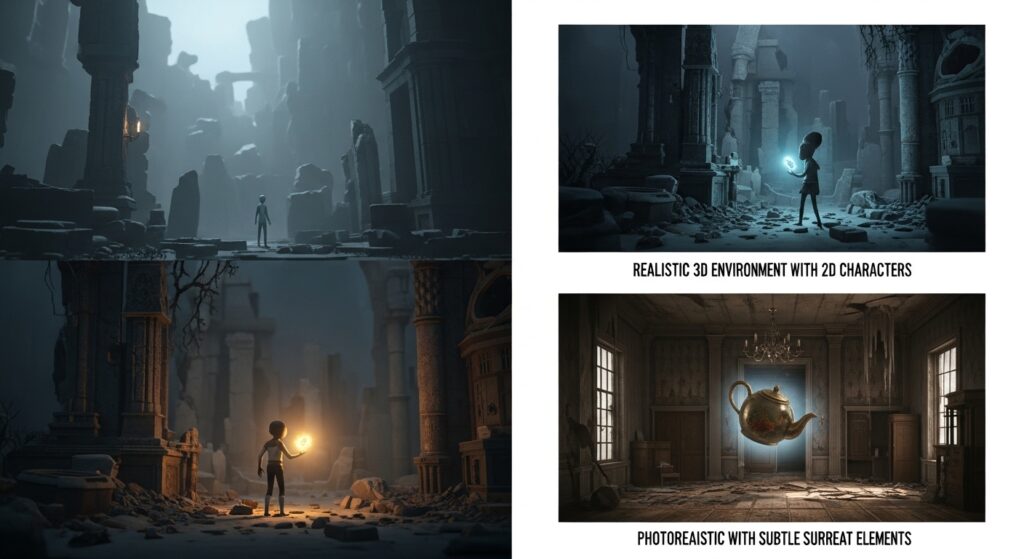
What If I Hate Getting Stuck?
Pick point and click adventure games with built-in hint systems. Broken Age, newer indie titles, and some remasters have contextual hints. You still think; you just don’t suffer. Also, set a timer. If I’m stuck for 15 minutes, I either revisit clues or step away.
I Want Story-First, Puzzles-Second
Go for character-driven adventures with light mechanics. Think detective adventures, visual-novel hybrids, or narrative mysteries. You’ll still click, but you won’t be assembling a fishing rod made of nonsense every five minutes.
I Miss Old-School Humor
Revisit the classics or their spiritual successors. The timing, the SCUMM-era rhythm, the insult swordfighting—still gold. If the jokes click for you, you’ll breeze through dialogue puzzles because you’ll read the dev’s comedic beat.
Are Mobile Adventures Worth It?
Yes, touch controls are basically built for this genre. Tap to move. Tap to inspect. Just make sure the UI has clear hotspots and a hint button. On a small screen, good UX matters even more.
Do These Games Age Well?
Many do. Pixel art helps. So does strong voice acting. The ones that suffer usually lean too hard on tiny hotspots or moon-logic. But a sharp script? Timeless.
Quick Truths I’ve Learned
- Reading is a skill multiplier: Most clues are text or voice lines. Skimming costs time.
- Failure is part of the loop: Clicking the wrong thing is how you learn the right thing.
- World-building carries you: If the place feels alive, even backtracking feels fine.
- Use the journal: Whether it’s in-game or a sticky note, external memory helps.
I could go on about how I first met Guybrush on a creaky PC or how point and click adventure games like Myst taught me patience the way math class never could. But you get it. If these games hook you, they don’t let go. And if they don’t, that’s fine too. Not everyone wants to argue with a door about philosophy at midnight.
FAQs
What’s a good first game if I’ve never played one?
Try something friendly like Broken Age or a Monkey Island remaster. Easy to learn, funny, and forgiving.
How do I avoid getting stuck forever?
Slow down, re-check notes, revisit rooms, and set a 15-minute rule before you peek at a hint.
Are modern games easier than the classics?
Usually. Better hint systems, cleaner UI, fewer “pixel hunts.” Still clever, just less cruel.
Do I need to play with a mouse, or is touch okay?
Touch is great. The genre translates well to tablets and phones as long as hotspots are clear.
Why do people still talk about Myst and Monkey Island?
They nailed mood and writing. Myst defined quiet, logical puzzles. Monkey Island nailed timing and humor. Both set the bar.

Thomas Hill: Your guide to epic adventures. I cover RPG Reviews, Walkthroughs, Game Lore, and Open World Rankings. Ready for your next quest?
